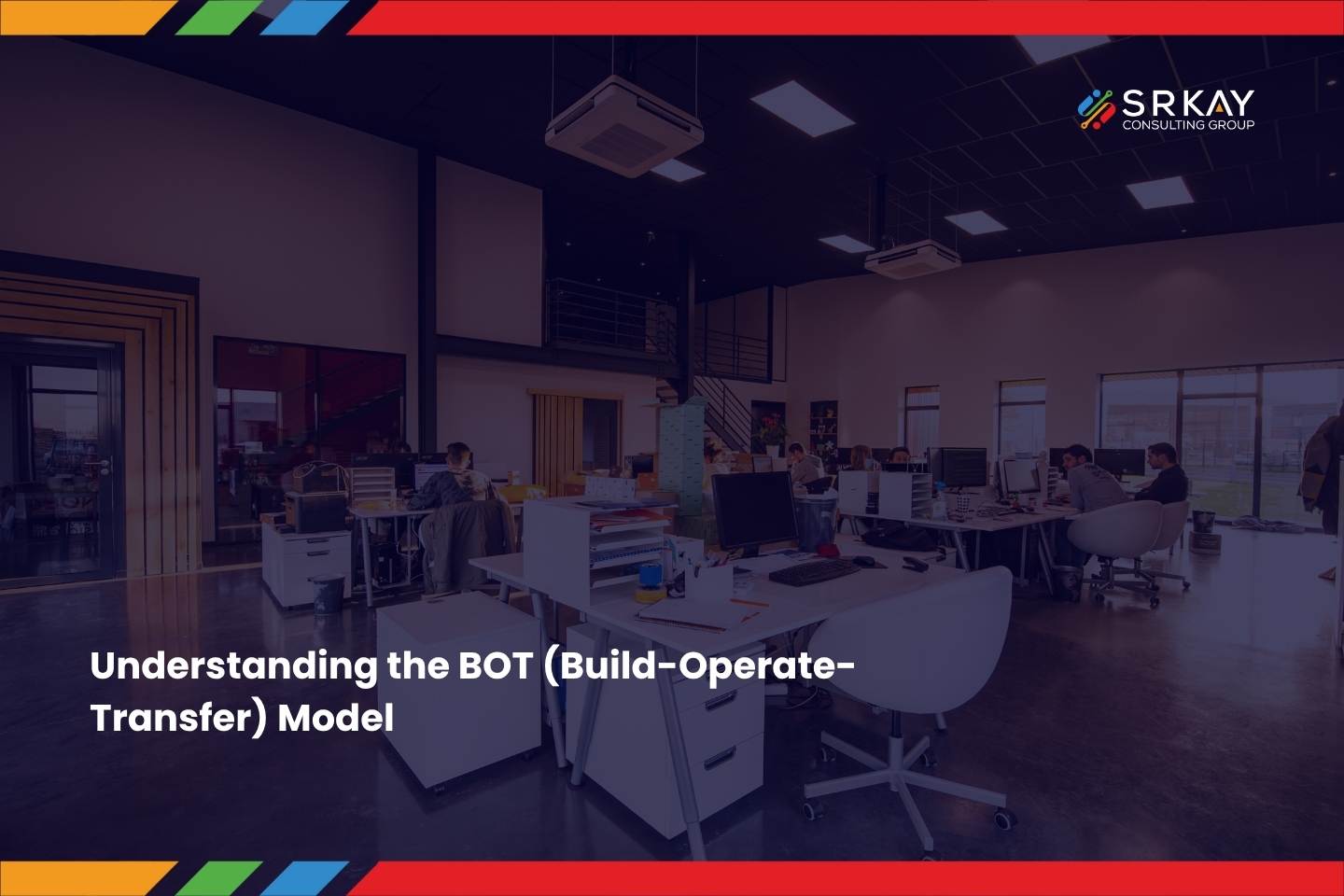Why the Build-Operate-Transfer Model Is Reshaping Global Expansion
Outsourcing definitely had its moment in the spotlight, but for companies chasing agility, top talent, and genuine ownership, it’s starting to feel a bit outdated. Offloading operations to a vendor might lower costs, but it doesn’t get you closer to long-term control or innovation. The Build-Operate-Transfer (BOT) model flips the script: you start fast, scale smart, and end up with an offshore operation that’s fully yours.
The BOT model isn’t some shiny new invention. It’s been around for decades—first used in infrastructure to build roads, power plants, and airports. But today, it’s being repurposed in a smarter way. Tech companies, banks, and startups are now using it to establish engineering teams, R&D hubs, and support centers in places like India, the Philippines, and Eastern Europe.
So, What Exactly Is the BOT Model?
The BOT model is a structured engagement framework divided into three phases:
- Build: A local partner sets up your offshore unit, from hiring staff to getting the office space ready, and setting up initial processes that match your needs.
- Operate: The provider runs the unit, ensuring service delivery, hitting SLAs, and aligning operations with your culture.
- Transfer: You take full ownership of the entire operation, including the assets and intellectual property.
It’s not just outsourcing with training wheels—it’s a strategic transition that sets you up for long-term success and control.
What Are the Key Objectives of Each Phase in a BOT Model?
Each phase of the Build-Operate-Transfer model comes with clear goals and measurable outcomes to keep everything on track.
Build Phase Objectives:
- Set up physical and digital infrastructure (office space, IT systems, tools).
- Hire and onboard local talent aligned with the client’s requirements.
- Establish baseline processes and workflows tailored to business needs.
- Ensure compliance with local labor laws and regulations.
Operate Phase Objectives:
- Manage day-to-day operations while maintaining service levels (SLAs).
- Integrate offshore teams into the client’s delivery ecosystem.
- Embed the client’s culture, tools, and communication style into the team.
- Fine-tune processes and resolve early operational inefficiencies.
Transfer Phase Objectives:
- Execute a seamless handover of operations, assets, and personnel.
- Finalize legal and financial documentation for ownership transfer.
- Conduct knowledge transfer, including documentation and parallel runs.
- Ensure cultural alignment and employee retention during the transition.
These objectives serve as checkpoints, helping both client and partner stay aligned throughout the BOT journey.
Strategic Advantages of the BOT Model
- Real Cost Savings, Not Just Budget Cuts – With BOT, it’s not just about cutting expenses; it’s about optimizing them. Instead of huge upfront investments, you spread costs across the engagement.
- You’re Up and Running in Months – With a local BOT partner, operations can launch within months—ideal for startups racing against time.
- Less Risk, More Breathing Room – Early-stage headaches like hiring, compliance, and infrastructure are handled by your partner.
- Full Ownership at the End – Post-transfer, you own everything—the entity, the IP, and the team.
- Access to Global Talent – Need QA engineers in Manila or security experts in India? Your partner knows the market and delivers the right talent—fast.
Ideal Use Cases for BOT
- Global Capability Centers (GCCs): Enterprises building innovation hubs in India or Southeast Asia.
- Fast-growing Startups: Scale product teams offshore without long setup delays.
- Highly Regulated Industries: BOT ensures compliance while expanding into new markets (e.g., finance, healthcare, government).
According to a Deloitte study, 70% of IT enterprises entering new markets prefer the BOT model due to its scalability and low-risk nature.
BOT in Action: Real-World Example
Walmart Technology India is a textbook case. Instead of outsourcing, they used the BOT model to set up a tech hub in Bengaluru. Their partner handled hiring, facilities, and legal compliance. Within 24 months, Walmart assumed full ownership, converting it into a fully integrated GCC that powers global e-commerce and supply chain platforms.
Comparing BOT to Other Models
| Model | Ownership | Risk | Speed | Control |
|---|---|---|---|---|
| BOT | Full (post transfer) | Shared | Fast | High |
| Traditional Outsourcing | Vendor | Low | Fast | Low |
| Captive Center | Full | High | Slow | High |
| Joint Venture | Shared | Shared | Medium | Medium |
Factors to Consider When Choosing a BOT Partner
Choosing the right partner can make or break your offshore success. Evaluate these critical factors:
- Domain Expertise: Relevant industry knowledge and regulatory familiarity.
- Track Record: Case studies, client testimonials, and success metrics.
- Talent Access: Proven ability to source top-tier talent at scale.
- Transition Readiness: Effective knowledge transfer and operational stabilization.
- Cultural Compatibility: Alignment ensures smoother communication and team integration.
- IP and Security Framework: Robust protections for your data and IP rights.
- Exit Strategy Planning: Clearly defined handover mechanisms are essential.
Conclusion
The BOT model is not just a cost-cutting tactic. It’s a strategic growth enabler for enterprises navigating digital disruption, talent shortages, and global expansion.
By combining the speed of outsourcing with the power of ownership, BOT empowers you to:
- Launch fast
- Scale smart
- Retain strategic control
As we move into a decade defined by innovation and agility, the BOT model will continue reshaping how organizations build capabilities and win in global markets.

